We have no words except THANK YOU to our global travel family for all support, kind thoughts and well wishes as my husband, co-founder, partner of 27 years and chief instigator of our 2004 around the world followsummer trip John Mountain succumbed to a very aggressive pancreatic cancer on Monday, June 18th, 2018. As a tribute, I thought we would repost some of our early musings from our trip around the world in 2004. Month Three: India
We drive today from Jaipur to Agra,
seeing the small towns of India from the back seat of an air-conditioned car. 40 kilometres outside Agra, we stop at Fatehpur Sikri, Akbar’s new capital, built between 1569 and 1585, abandoned shortly after because of inadequate water. Because Akbar had decided he didn’t like Agra, he built Fatehpur Sikri. When the water supply didn’t work out, he moves his capital to Lahore. Amazingly well-preserved in the desert air, we gasp at the splendour and can only begin to guess how wealthy ancient India was to enable Akbar, like so many of the old rulers, to move his capital and built palaces such as these.
Akbar’s Favourite Elephant
My favourite story relates to a column our guide points out. He tells us that this it is the grave of Akbar’s favourite elephant and that Akbar built it to commemorate its death. He also tells us that in those days, condemned people were not hung or shot; they were put to death by an elephant’s foot stepping on them. Greg: Obviously John has a love affair with elephants. Must be a past life thing.
Around the Agra Fort
Then into Agra. We go first to the Agra Fort. It was started by Akbar in 1565 before he got tired of Agra and built Fatehpur Sikri and finished by his grandson (Shah Jahan, who built the Taj Mahal). Again, we are overwhelmed by the splendour, in particular, the amazing inlay of semiprecious stones into white marble.
How can you adequately describe perfection?
And then, to the Taj Mahal. Words fail. How can you adequately describe perfection? We have seen bigger buildings, with more splendour or size. But never any building more perfect. We spend a long time savouring the site, greedily drinking it in from every angle, watching the sun and shade play against the domes and minarets, glinting off the mother of pearl, inlaid as one of the semi-precious stones through the entire complex. Not only is the building perfection in design, its design is perfectly suited to its function – it is a tomb, and despite the thousands of people visiting today, the vast majority are Indians enjoying their summer vacations, the building induces a mood of reflection and contemplation, and we feel virtually alone, despite the crowds. The monument is best viewed at sunrise or sunset, and if you get a sprinkling of rain during these times, the domes and minarets have an extra sparkle. We have the luxury, we think, of viewing the wonder of India at sunset. Most of the ancient buildings we have seen till now have been of sandstone, red or brown. Shah Jahan decided he preferred marble, and traces are seen in the Agra Fort, for example in the photo the of the marble inlay. The Taj Mahal is the stunning endpoint of the transformation from sandstone to marble.
It is constructed of marble quarried a few hundred kilometers away, and brought on elephant-back to Agra. This marble is reputed to be the hardest in the world, and unlike most marbles, it is supposedly nonporous. The lack of wear and tear on the steps, which carry over 7 million pair of feet annually, is certainly evidence that it can withstand lots of use – after over 450 years, they are as amazingly unworn as if they were brand new.
From virtually the bottom of the Taj Mahal itself to the base of the dome, both inside and outside, the marble is inlaid with semi-precious stones, much of it verses from the Koran, set in onyx. The verses on the outside are readable (if one can read Arabic) from a considerable distance, and are the letters change size to present the optical illusion that those at the top of the building are the same size as those at the bottom. Although this is not significant earthquake territory, the minarets at each corner are not built straight-up. They have angled slightly away from the Taj Mahal, so that should there ever be an earthquake, they will fall away from the building, and not damage it.
The Other India
And then, back to the streets, to the other India. The India of 500 million people who cannot read a single word, not even their names. Of 400 million people who live in such shocking poverty that even the poorest people in the west look incredibly wealthy in comparison. And all, at both extremes, silently, calmly watched by the cattle, the silent witnesses.
Oh, India! Beautiful in the Extreme. Equally as Heartbreaking.
We get to the hotel, and I go out walking. Just before going back to the hotel, I pick up some bottled water. A little boy, no older than 5 or 6, comes hopping madly over, using a stick as a crutch, for his right foot is deformed, and he cannot stand on it. He is filthy, but he gives me the most beautiful smile. He asks for a Pepsi. I buy him a Pepsi. He asks for 100 rupees. I give him 100 rupees. He doesn’t ask for anything more – he gives me again his beautiful smile and his thanks. It is all I can do to keep from breaking down right there. I want so much to save him, to get him good medical care, an education. I know I can’t.
Later, I do cry. I cry for that little boy. And I cry for India.

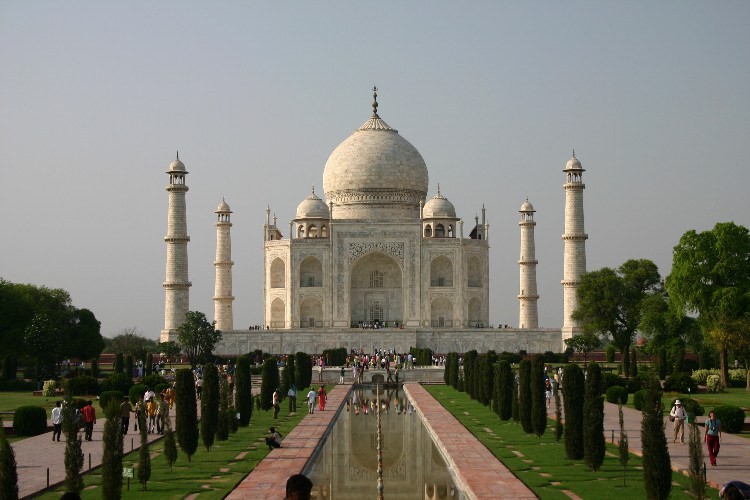
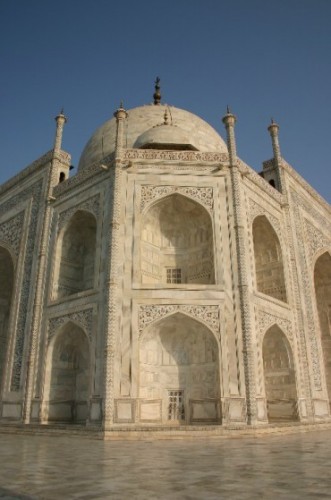
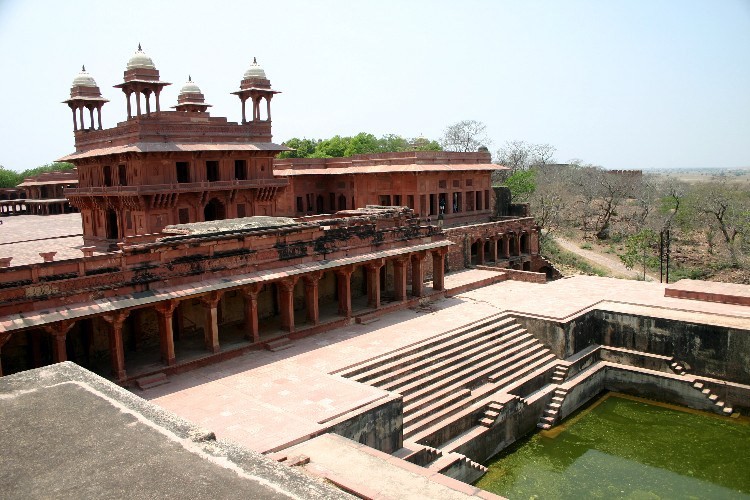
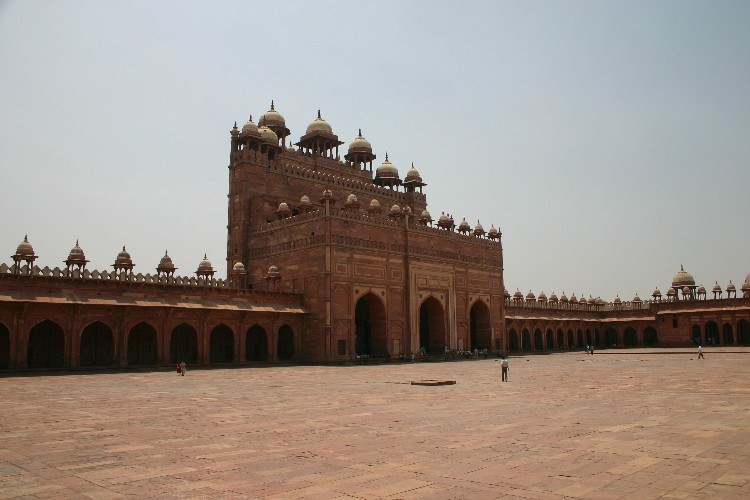
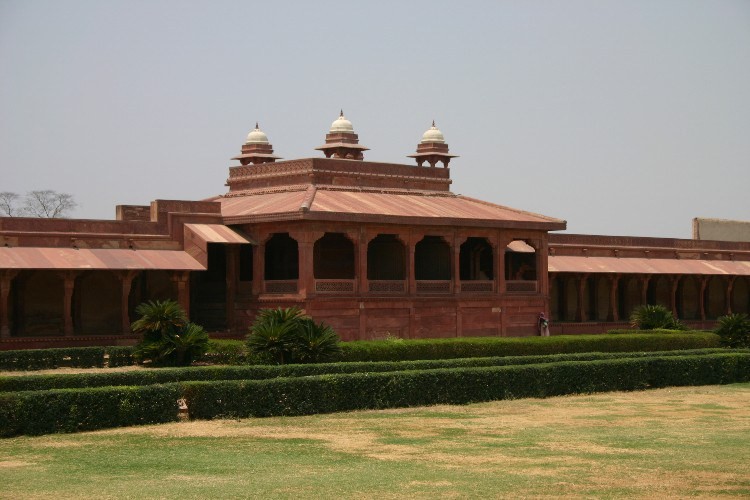

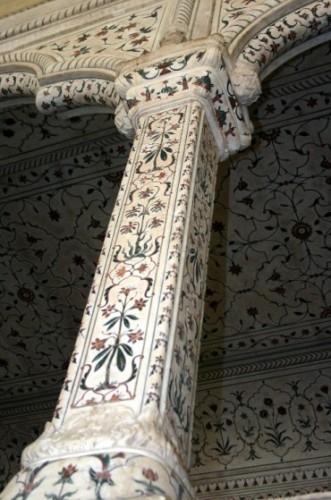
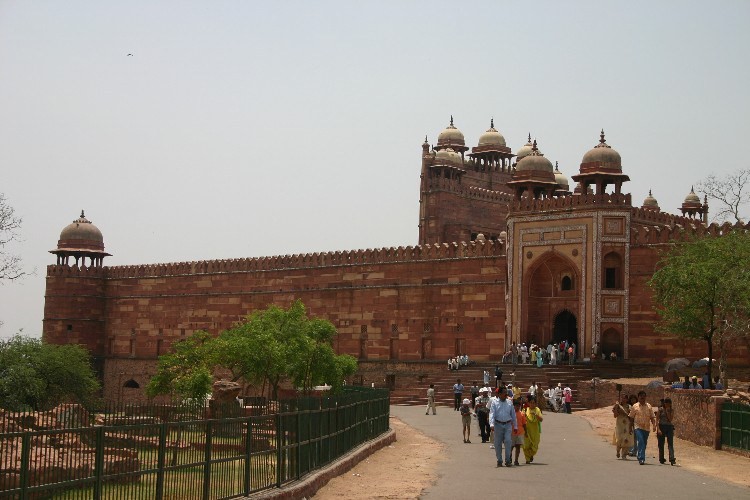
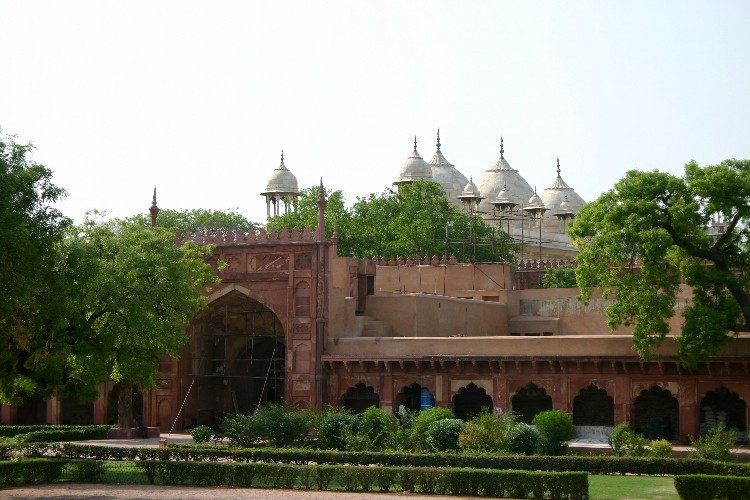
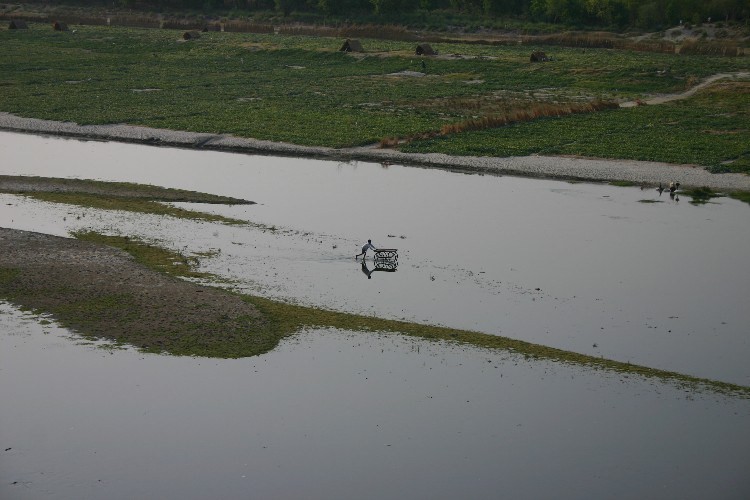
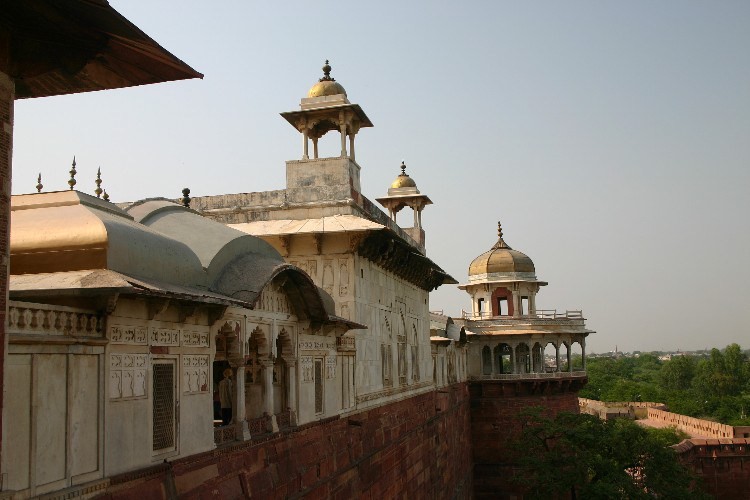
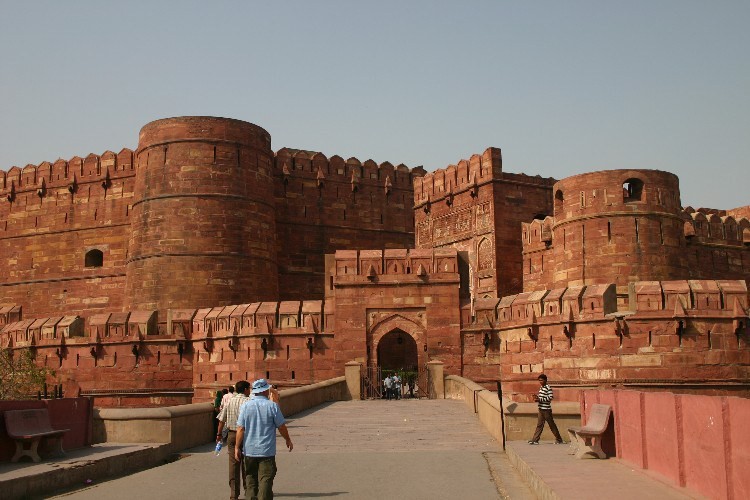

Comments
 Parvinder Saini
Parvinder Saini
AuthorHi..love to hear about your experience in India.. I am sure you had a good time, India does comes in varieties there is whole lot of people who cannot afford any medical assistance or others who have everything.